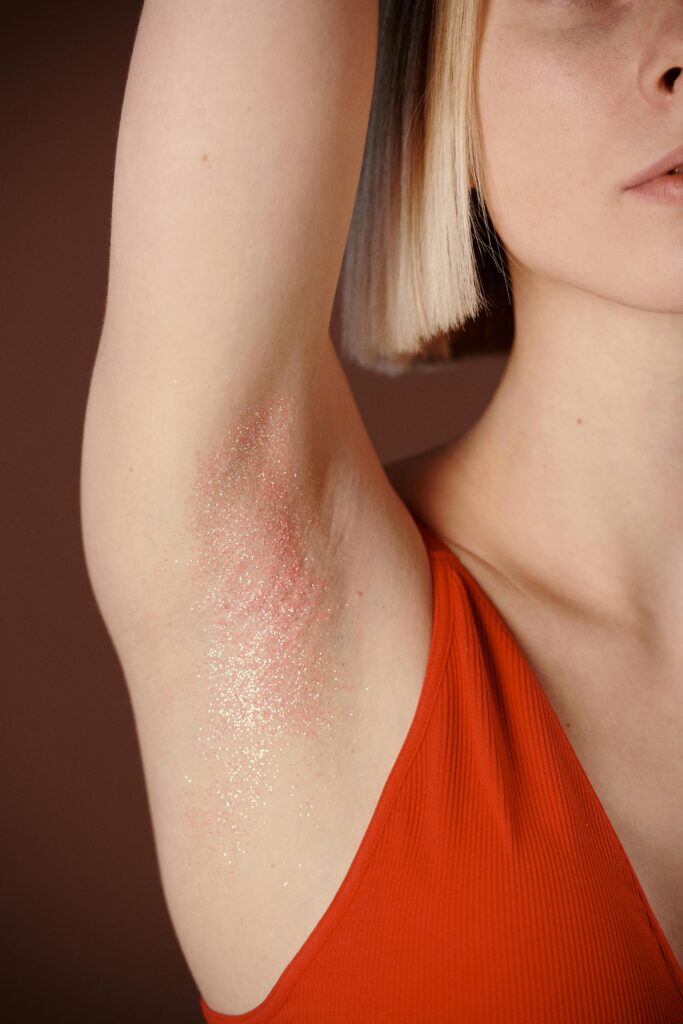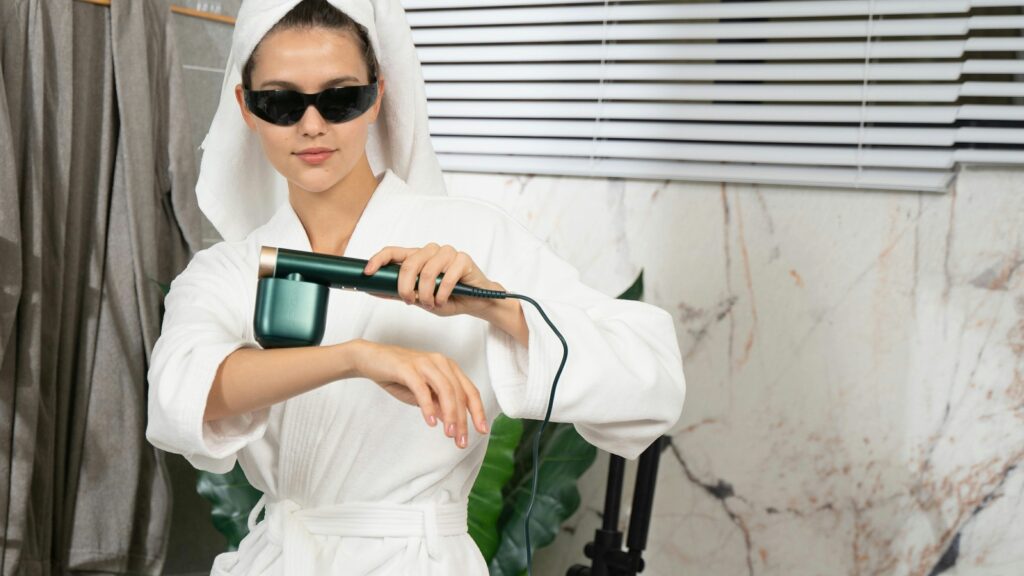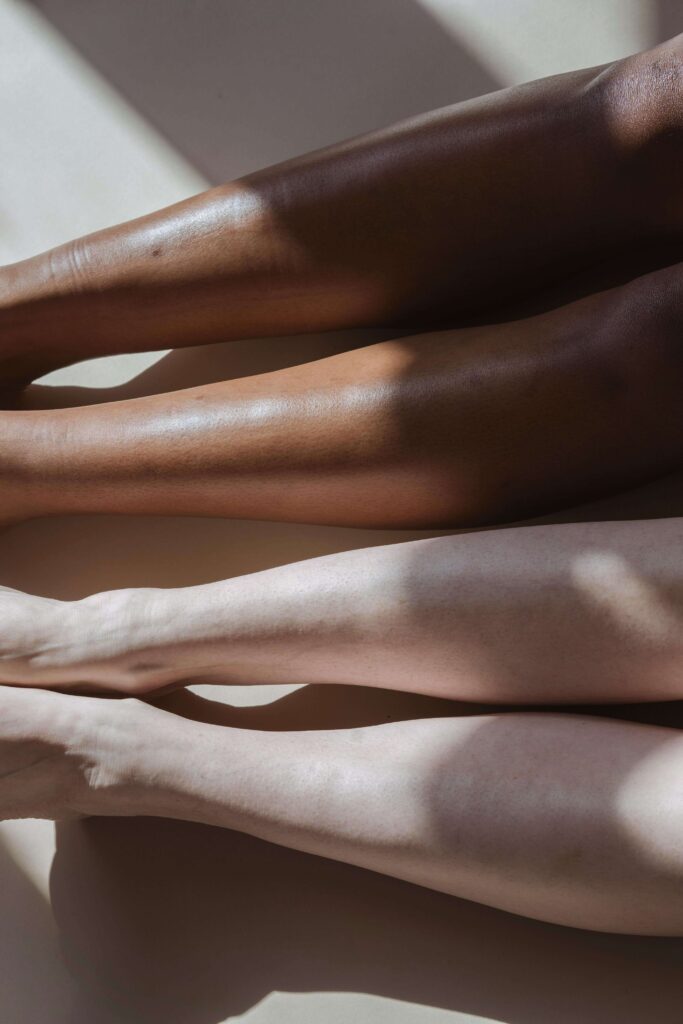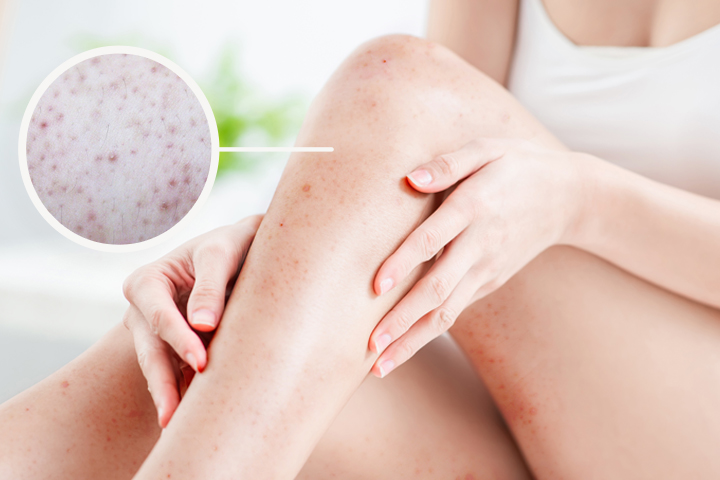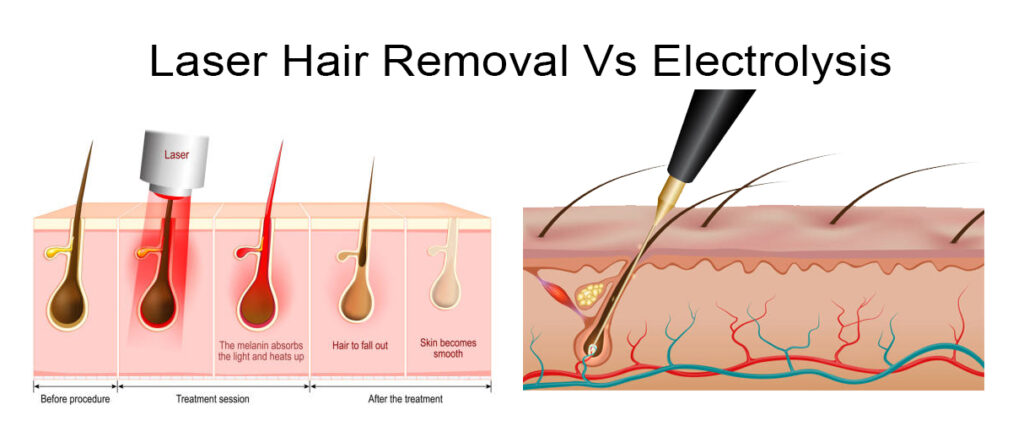Laser Hair Removal for Hidradenitis Suppurativa: What to Know
If you or someone you know struggles with hidradenitis suppurativa (HS), you understand how challenging it can be to manage painful lumps, abscesses, and scarring in sensitive areas. While there’s no cure for HS, laser hair removal has emerged as a promising treatment option for many. Here’s what the research says and what you can expect from this approach. What Is Hidradenitis Suppurativa? Hidradenitis suppurativa is a chronic, inflammatory skin condition that causes painful bumps, abscesses, and tunnels under the skin. It most often affects areas with lots of hair follicles and sweat glands, such as the armpits, groin, under the breasts, and buttocks. The exact cause isn’t fully understood, but it involves blocked and inflamed hair follicles, often triggered by friction, bacteria, and genetic or hormonal factors. How Does Laser Hair Removal Work for HS? Laser hair removal uses concentrated light to target and destroy hair follicles. In HS, these follicles are often blocked by oil and dead skin cells, leading to inflammation and infection. By removing the hair and damaging the follicle, laser treatments can reduce the factors that contribute to HS flare-ups. How Effective Is Laser Hair Removal for HS? Multiple studies and systematic reviews have shown that laser hair removal can significantly improve HS symptoms. Here’s what the evidence says: Improvement in Symptoms: Studies report a 32% to 75% reduction in inflammatory lesions and symptom severity after 2 to 4 months of treatment. Different Lasers, Similar Results: Various types of lasers—including Nd:YAG, Alexandrite, and IPL—have all shown positive results, regardless of the specific device used. Remission: Some patients achieve complete remission of lesions, though the duration of benefit can vary. Benefits of Laser Hair Removal for HS Non-Invasive: No surgery or major procedures required. Minimal Side Effects: Most people experience only mild pain or redness at the treatment site. Unlike medications, there are no body-wide side effects. Less Pain and Scarring: Compared to surgical options, laser treatment is less painful and results in less scarring. Reduced Flare-Ups: By removing hair and reducing friction and irritation, laser treatments can help prevent new lesions and abscesses. Improves Quality of Life: Many patients report fewer symptoms, less discomfort, and improved skin appearance. Things to Consider It’s important to remember that laser hair removal is not a cure for HS. Instead, it helps manage symptoms by reducing hair growth and the associated triggers for flare-ups. The treatment is generally most effective for individuals with fair skin and dark hair, as the laser can more easily target the pigment in the hair follicle. However, people with darker skin can use the Nd:YAG, which is not uncommon, to achieve optimal results while minimizing risks. What to Expect During Treatment Session Frequency: Most people need 6–8 sessions, spaced several weeks apart. Procedure: Quick, outpatient, with minimal downtime. Aftercare: Follow your provider’s instructions to minimize side effects and maximize results. These typically include staying out of the sun and avoiding exercise for 24-48 hours after treatment. Final thoughts Laser hair removal is a safe, effective, and non-invasive option for managing hidradenitis suppurativa, especially in its early stages. It can significantly reduce symptoms, improve quality of life, and minimize the need for more invasive treatments. While it’s not a cure, it offers real hope for people looking to better control this challenging condition—empowering them to take charge of their skin health and embrace brighter days ahead!

